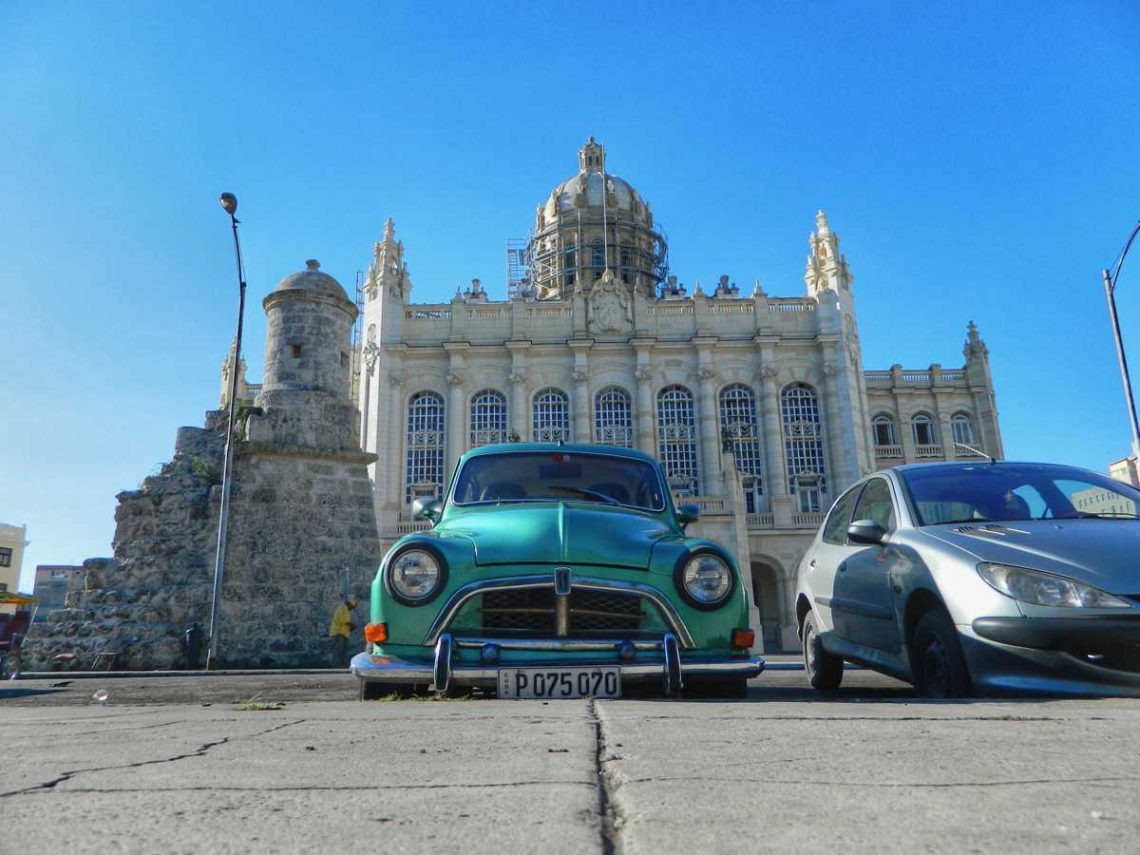
The best Cuba destinations for first time visitors
Cuba is one of the world’s greatest anachronisms. A tropical island with a Caribbean coastline, lying just 90 miles off the coast of the United States, it is one of the world’s last communist countries. This former playground of Hollywood’s rich and famous has a faded grandeur, but also a vibrant culture of its own.
Cuba is changing; an element of free market economy, coupled with increased accessibility for US citizens, is beginning to open up the country to the outside world. But it remains a fascinating place to visit, and if not now, when?
If you’re planning your first visit to this tropical time-warp, check out some of the wonderful places you could explore. For practicality’s sake, this post focuses on the centre and west of the island.
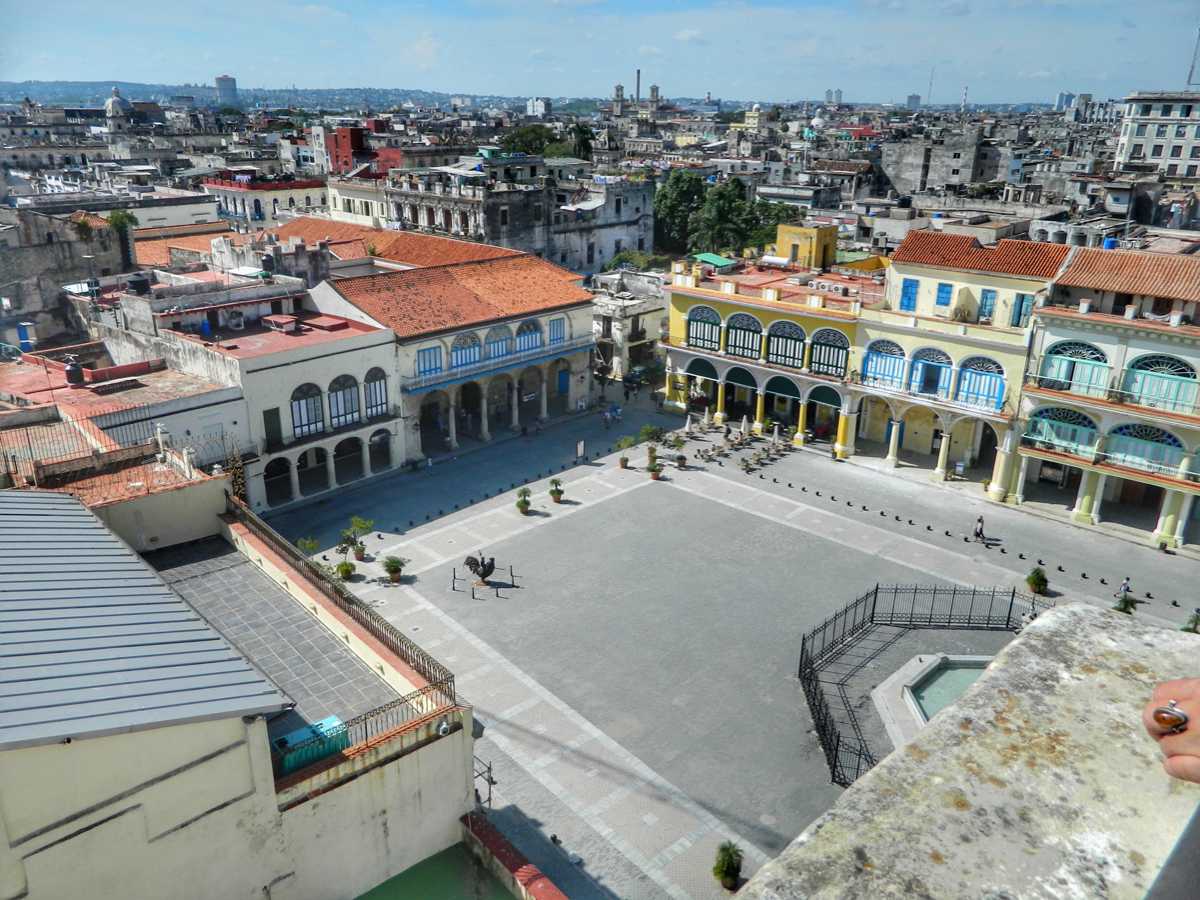
Havana
The highlight of any trip to Cuba, and the one unmissable stop on your itinerary, is its buzzing capital city, Havana (La Habana).
The biggest city in the country, located on the northwest coast just south of the Tropic of Cancer, Havana has a faded charm that is a testament to its past. Under the dictatorship of Fulgencio Batista in the first half of the 20th century, Havana was a playground for America’s rich and famous, with everyone from movie stars to Ernest Hemingway making their way down south to enjoy the sunshine and nightlife. The ornate buildings and classic cars of the period survived Fidel Castro’s revolution and the Communist regime that has persisted since the late 1950s, but only just. Crumbling buildings are being restored, but slowly, and this is still the best place in the world to see the American cars of yesteryear, lovingly maintained over the decades and still roaring (and spluttering) through the Havana streets to this day.
Old Havana
The beating heart of Old Cuba, La Habana Vieja is the place where the city began. Running along the western bank of the Almendares River, the old town dates from the 16th century. Today it is a maze of narrow streets where local life is played out just a stone’s throw from the tourist cafés of the Old Town’s many pretty squares. Check out Plaza Vieja, Plaza de la Catedral (home to the Cathedral of San Cristóbal), and Plaza de Armas, where second-hand book stalls are set out under the trees.
Museo de la Revolución
You can’t visit Cuba without learning about Fidel Castro’s revolution of the 1950s, and one of the best places to find out everything you need to know (and more) is the Museum of the Revolution in downtown Havana. This large museum has several floors of exhibits, as well as an outdoor display of aircraft, tanks and other memorabilia.
Plaza de la Revolución
Arguably the most recognisable spot in the city, if not the country, Plaza de la Revolución is a must-see. This vast square in the Communist style is home to three monuments: a huge memorial to José Martí, a Cuban national hero of the 19th century; a large wall memorial to Camilo Cienfuegos, one of Castro’s two military leaders of the revolution, and the most famous, the wall memorial to Cienfuegos’ fellow commander, Che Guevara. This iconic monument, recognisable from a million reproductions the world over and bearing the words Hasta La Victoria Siempre (“Ever Onwards to Victory”), stands high and proud above the square on the side of the Cuban Ministry of the Interior.
Plaza de la Revolución is a little out of the way compared with many of the sights in Havana – a perfect excuse for a classic car tax journey! Taxis are reasonably cheap and very easy to find, although you will pay a higher fare for the vintage cars.
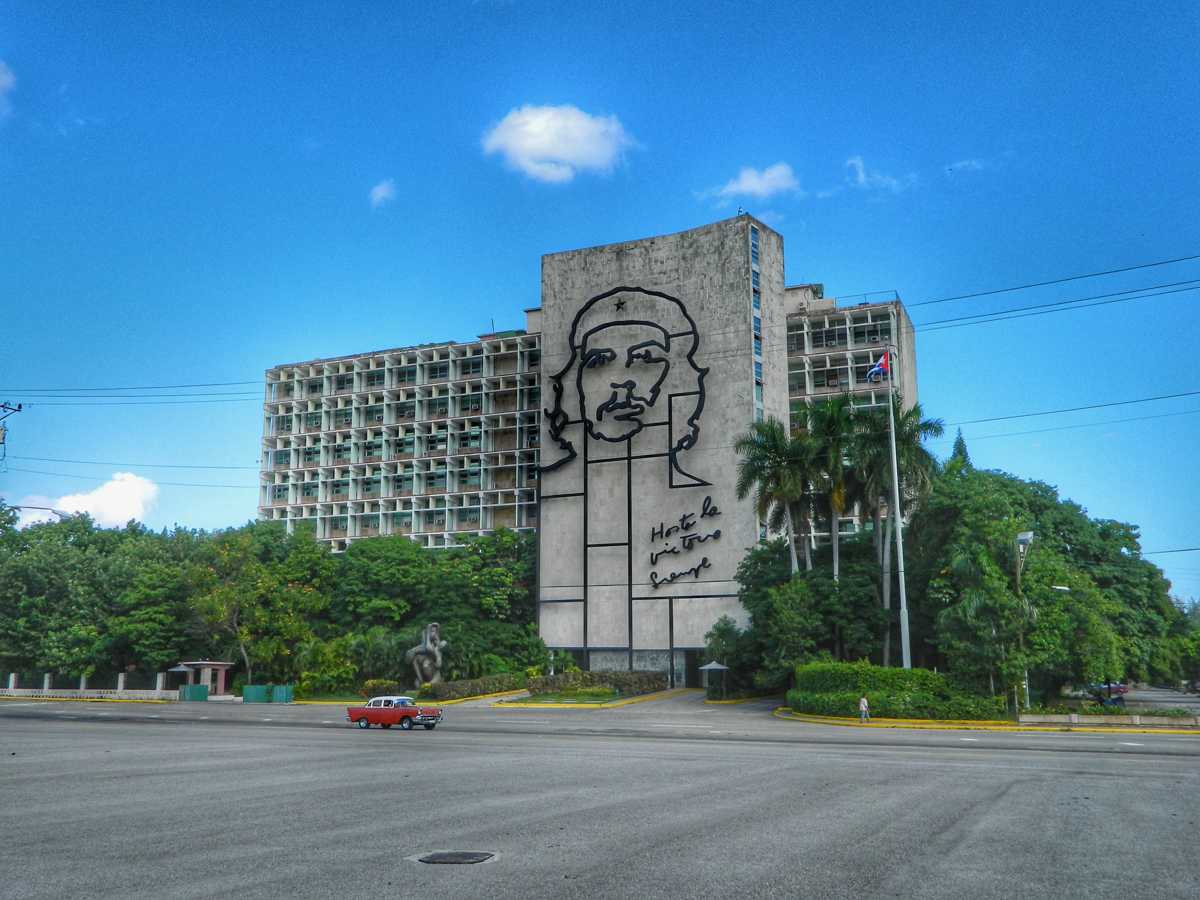
Malecón
The Malecón is Havana’s showstopper. This sweeping corniche forms an arc along the city’s northern coast, and is the place to see and be seen in this vibrant city. Money is tight for many Cubans, so the Malecón is a popular place to hang out – by day in the blazing sunshine, but especially as evening falls. Friends meet to share a few drinks and good times, and lovers meet to stroll hand in hand or smooch as they perch on the sea wall.
In the centre of the Malecón, the Hotel Nacional de Cuba is Havana’s 1930s showpiece. If you can’t afford the price tag for an overnight stay, drop in for a cocktail in the bar which has played host to almost all the Hollywood greats of the era. Sip your mojito and play Who’s Who with the photos on the wall, as you soak up the views over the ocean.
Cuban National Ballet
The Ballet Nacional de Cuba has become one of the world’s best renowned ballet companies in recent years. The training ground for some of the most athletic proponents of the art, Havana was the birthplace of the celebrated Carlos Acosta – and the wealth of talent is no surprise in a country where ballet is accessible to the masses and not just to a wealthy elite. The ballet company has its home at the Grand Theatre of Havana, and is well worth a visit.
Follow the Hemingway trail at his favourite haunts
If there is one American most easily connected with Cuba, and especially Havana, it is author Ernest Hemingway, who spent many years on the island.
In Old Havana, there are several watering holes with close Hemingway connections, all worth a visit. La Floridita is the home of the daiquiri; this bar also has some of the best (and fiercest!) air conditioning I encountered in the country, so take a jacket. At the end of the bar is Hemingway’s favourite drinking spot, as well as a bust and statue to the great man, both of which make for great photo opportunities!
La Bodeguita del Medio is reputedly the home of the mojito; it was certainly patronised by such notable figures as Pablo Neruda, Salvador Allende, Gabriel Garcia Marquez and Nat King Cole. Hemingway was not a regular here, but he spent a lot of time at the nearby Hotel Ambos Mundos. This hotel was his home-away-from-home in Havana, and was the location where he began work on his novel “For Whom The Bell Tolls”. Today his old room is kept as a museum, although it is still possible to stay elsewhere in the hotel. If you are not staying overnight, the hotel also has a rooftop bar with great views over the city – and the obligatory rum-based delights!
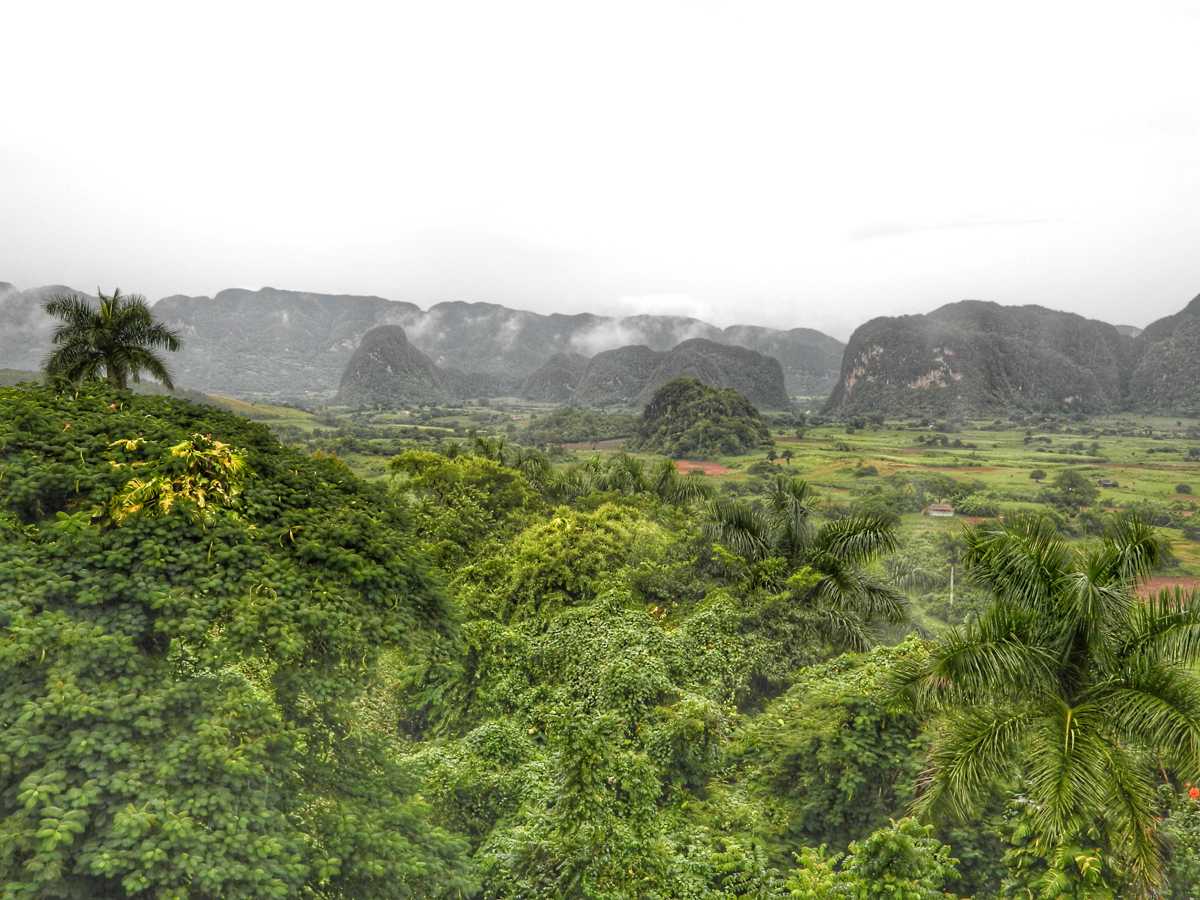
Viñales
Viñales, an hour or two to the west of the capital, is the tobacco epicentre of the country. Lush green karst mountains provide an exotic backdrop to a landscape where little has changed in centuries. Horse-drawn carts transport farmers between fields, while local tobacco growers open their farms to visitors who come to watch the leaves drying in the barn and to learn how to roll a cigar like a local. Bed and breakfast accommodation is the best way to experience the region and get to know the culture along the way.
In addition to tobacco, the Viñales region is also popular for hiking, as well as the magnificent Cueva del Indio, where visitors can explore the caves and take a boat trip on an underground lake.
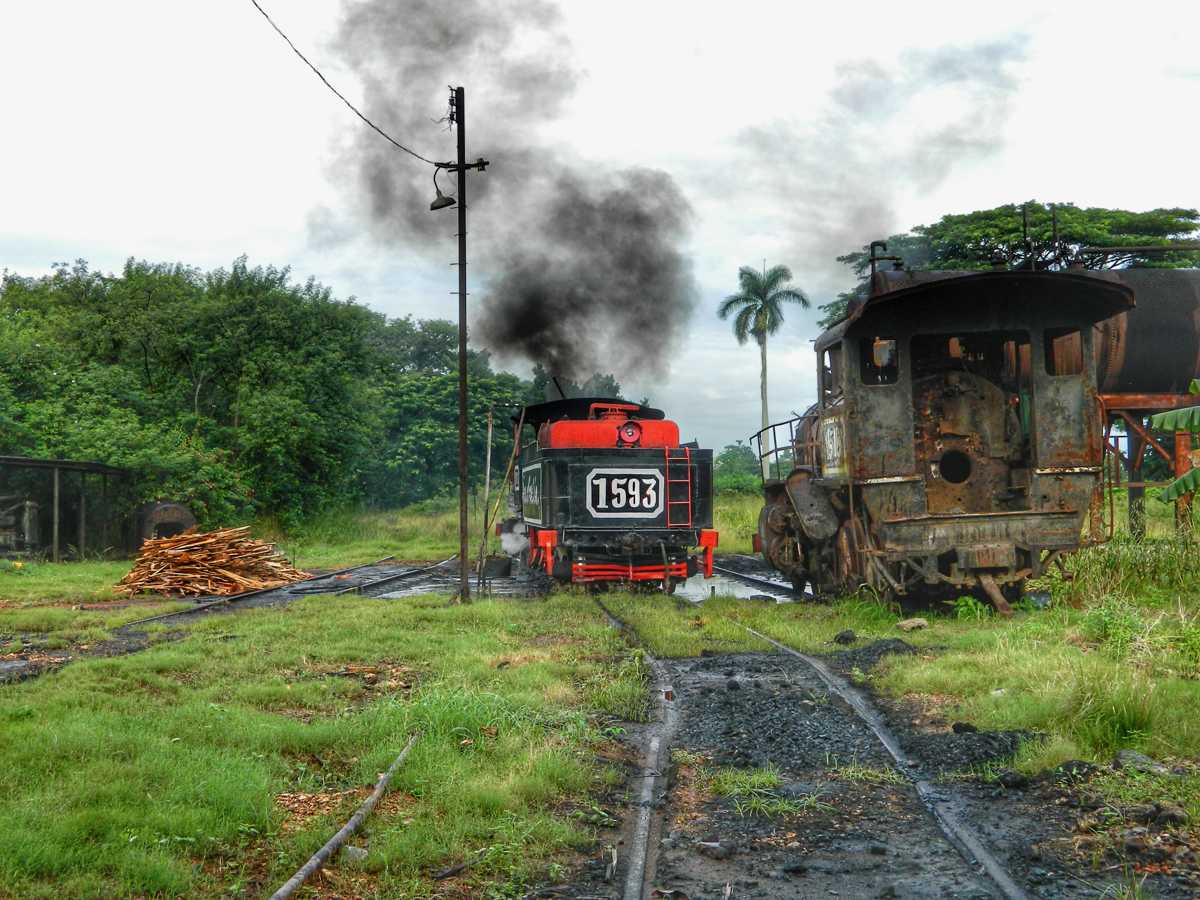
Australia
For obvious reasons, the little town of Australia is a big draw for visitors from Down Under in particular! This settlement, on the road from Havana to the south coast, is famous for two reasons.
During the Bay of Pigs invasion, the Australia sugar mill was Fidel Castro’s base of operations – close enough to be useful, far enough away to be safe. The old mill tower, with “Australia” emblazoned on the side, still stands today.
Australia also has one of the last sections of steam railway in the country, with the track that served the old sugar mill home to huge locomotives which still puff their way up and down a short section of track for tourists.
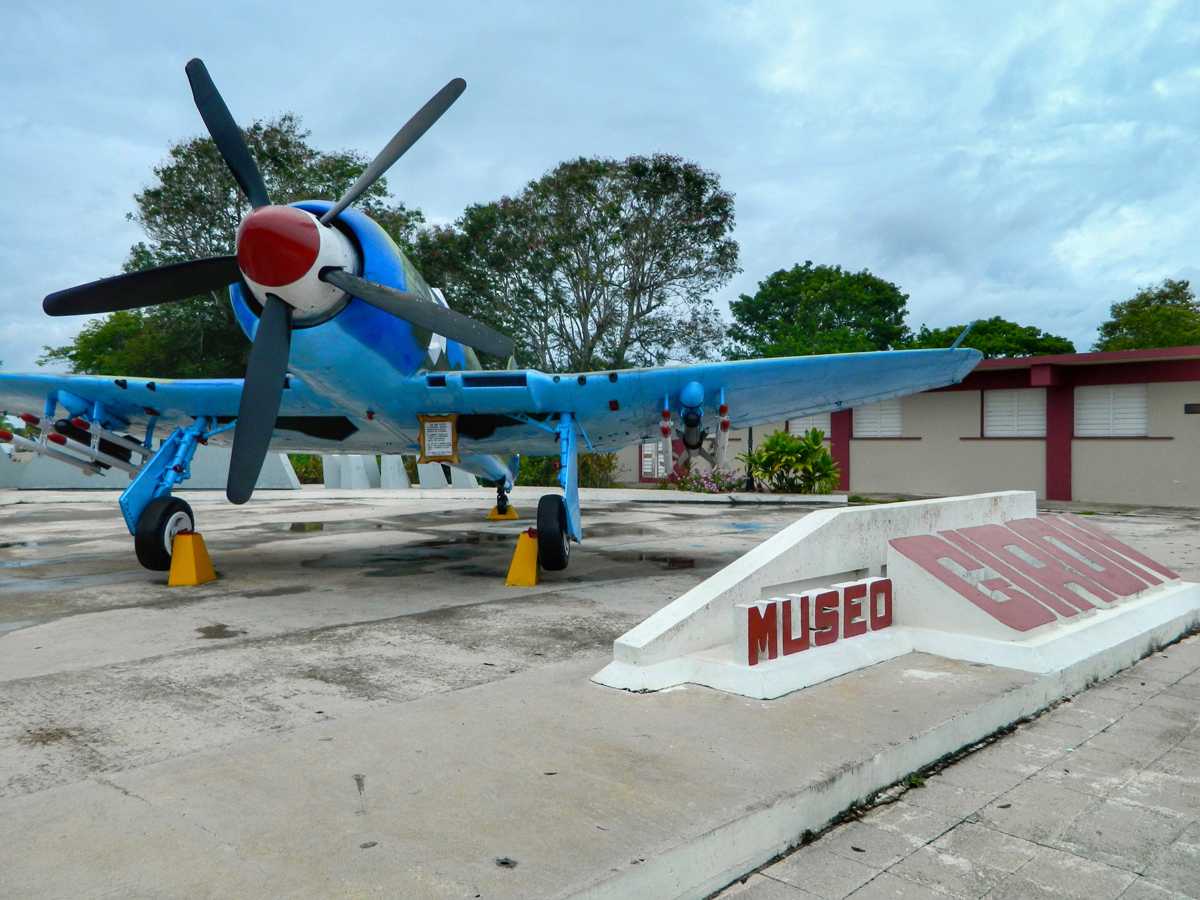
The Bay of Pigs
In April 1961, the United States invaded Cuba to attempt to overthrow Fidel Castro’s government. They landed at the Bay of Pigs (Bahia de Cochinos) on the southern Caribbean coast, finally withdrawing 3 days later. The last beach occupied by US forces was Playa Girón, where today visitors can find a small museum dedicated to the invasion.
The Bay of Pigs is a great area to explore the coastline, where visitors can explore the pretty Cuban beaches, swim in the warm Caribbean Sea or in one of the cenotes or natural sinkholes which dot the area. The area is also a popular spot for bird watching, fishing and diving.
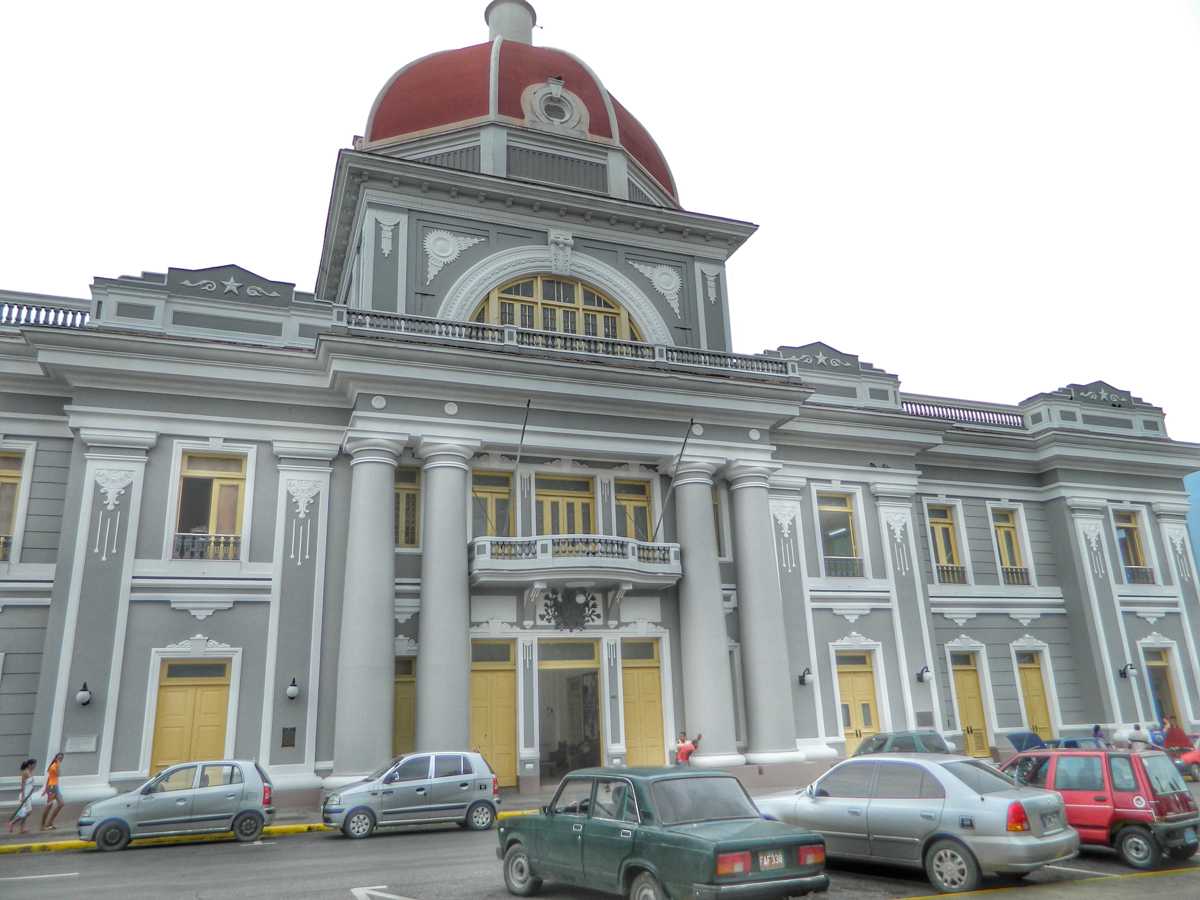
Cienfuegos
The city of Cienfuegos is a great stopping point between Havana and Trinidad. A beautifully-restored colonial town centre gives a glimpse into Cuba’s glory days, with immaculately painted, colourful buildings. Check out the main square and Tomás Terry Theatre, as well as the many revolutionary signs you will pass on the way into and out of the city. Just in case you forget – this is still a communist country!
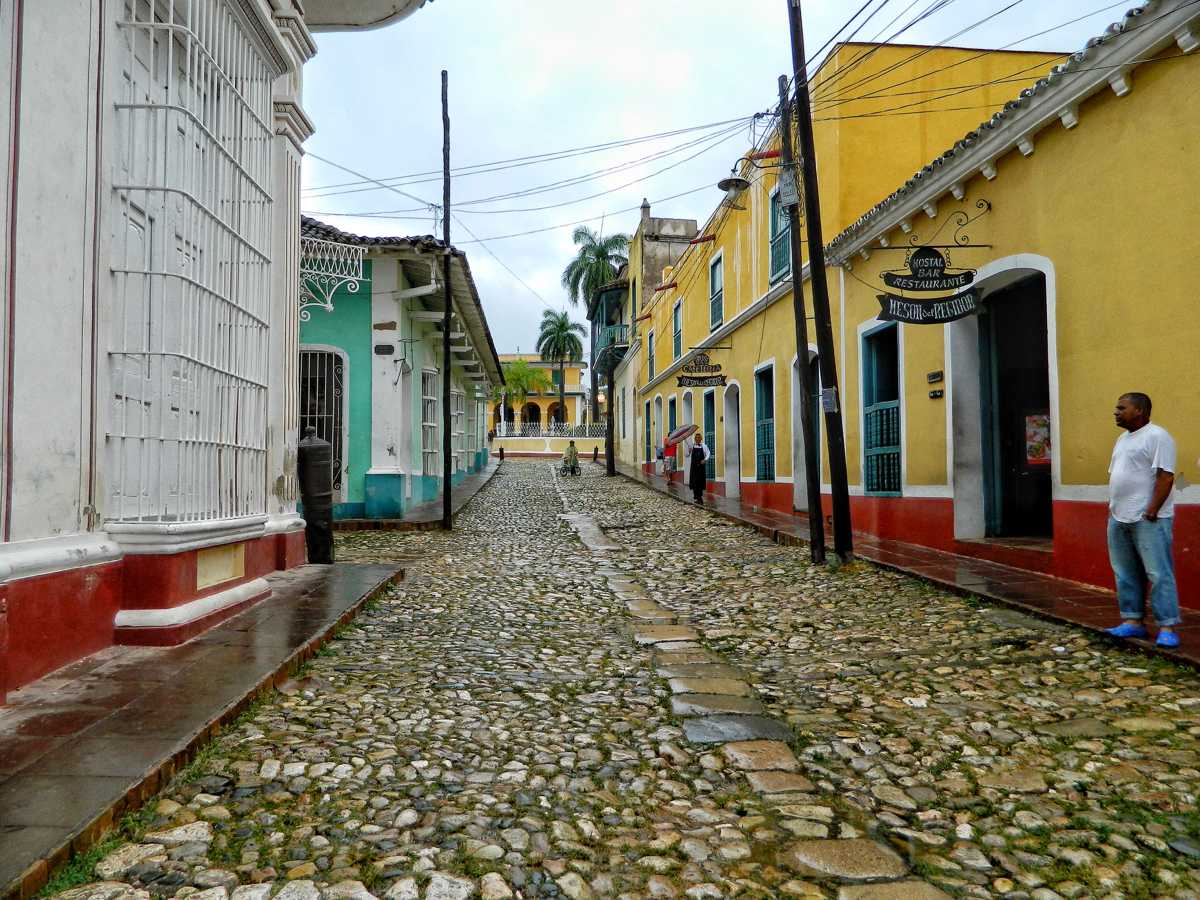
Trinidad de Cuba
Trinidad, on Cuba’s south coast, is undoubtedly the Instagram star of the country. A historic town of cobbled streets and horse-drawn carts, visitors can stroll between brightly-painted buildings as they watch local life lived out on the streets. Wander down a Trinidad street in the evening to see TV lights flickering in open windows as the whole town watches the same telenovela, or stroll in the midday sunshine to see children play in the street and older residents chatting in doorways.
Trinidad is also the music capital of Cuba. Visit local hangouts such as Casa de la Música for the best salsa rhythms, and dance till dawn to the sound of a live band, rum cocktail in hand.
The city of Trinidad is also well placed for excursions into the surrounding hills, where coffee plantations meet tumbling waterfalls. It’s a great base to explore the south of the island.
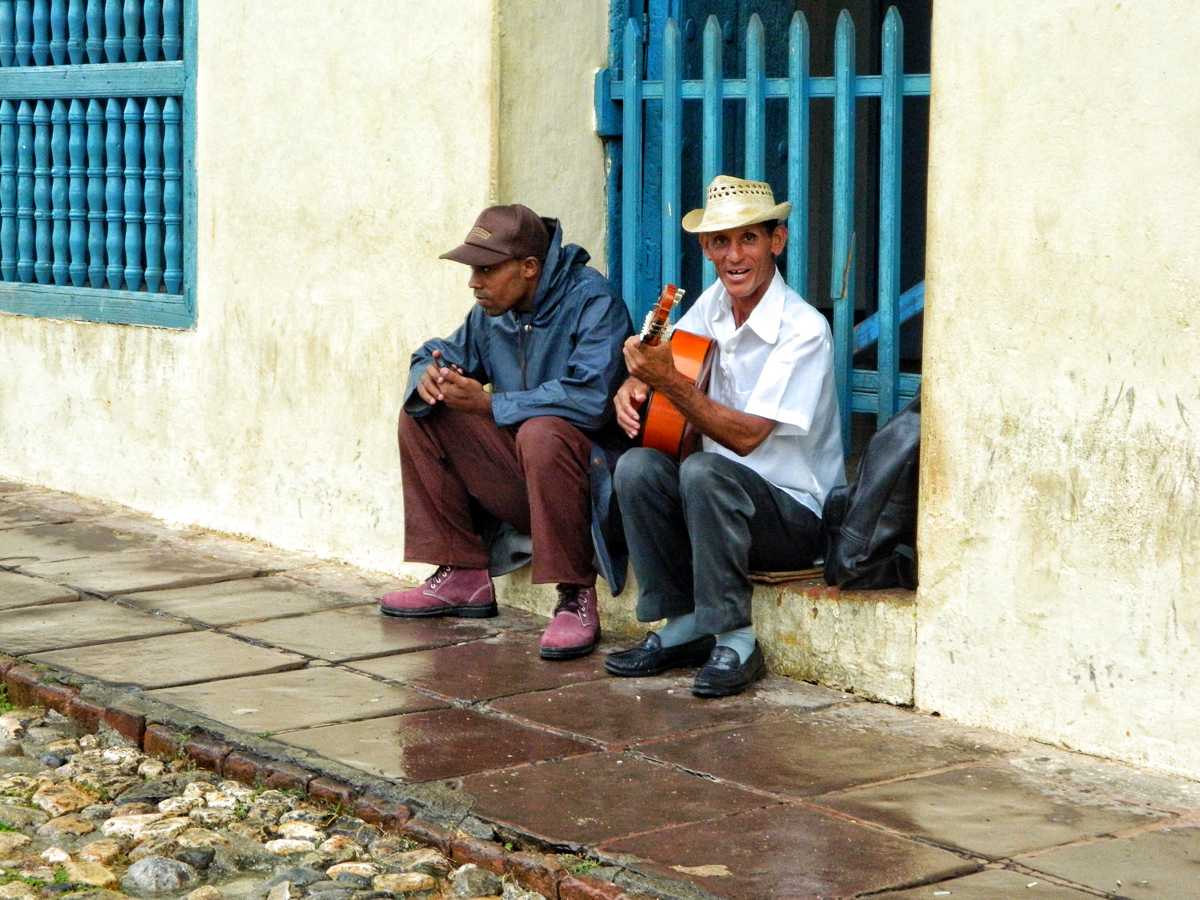
Santa Clara
The central Cuban city of Santa Clara may be less well-known today, but its role in the revolution was pivotal. It is here that Che Guevara led a small guerilla group that demolished 30 metres of railway line, derailing a train full of soldiers sent from the east by outgoing dictator Fulgencio Batista and creating a turning point in the revolution. The derailed carriages are part of a monument to the attack in the heart of the city.
Outside the city itself, the big draw to the region is the Che Guevara mausoleum. Suitably imposing as befits a global icon, the mausoleum includes a huge statue to Che himself, plus his tomb and those of many of his fellow revolutionaries. There is also a small museum.
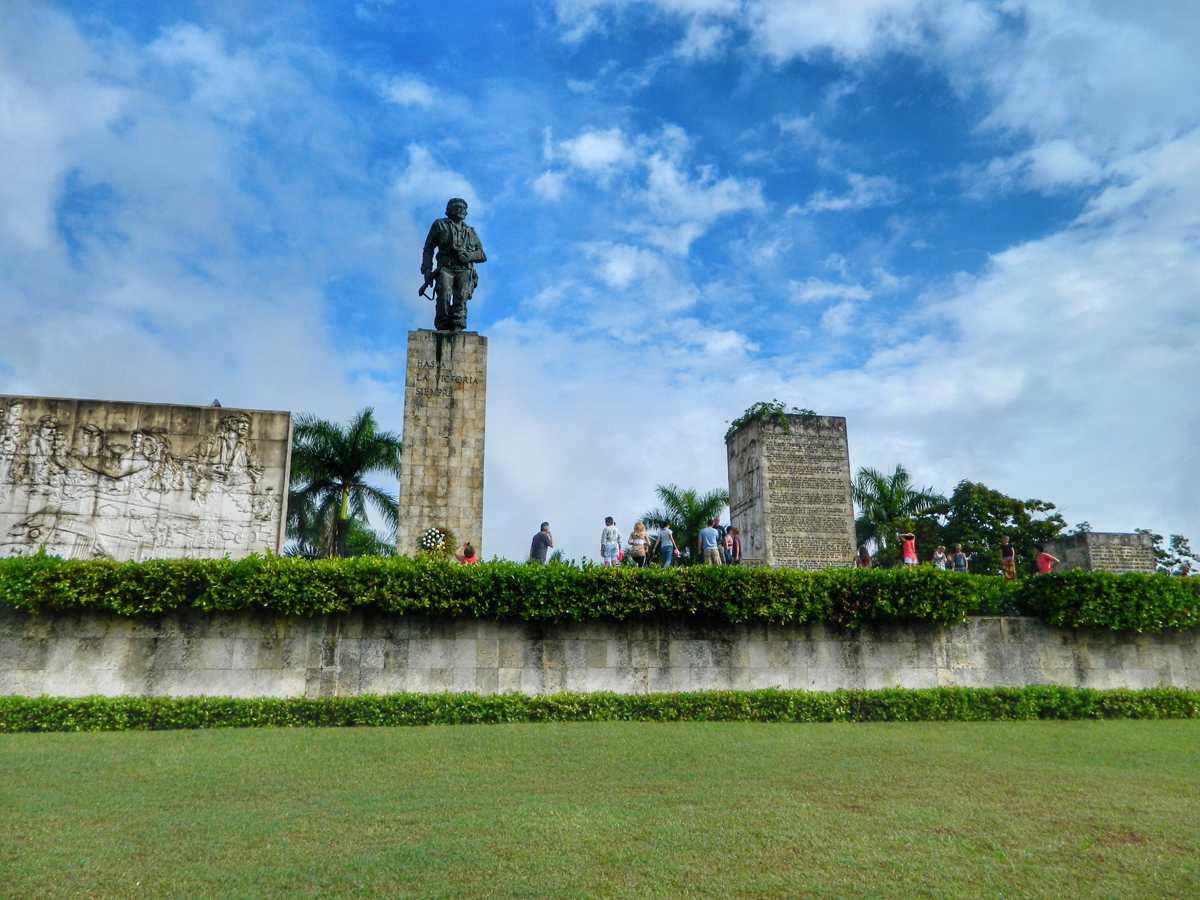
Travel tips for Cuba
Visas
Most nationalities need a visa to travel to Cuba. Non-Americans will need a tourist card, normally provided by your tour operator but also available to purchase from a variety of online agencies. The tourist card is valid for 30 days, but can be extended for a further 30 days once you are in the country.
US citizens have more restricted options for Cuban travel, and these have been made somewhat tighter in recent months (February 2019). Travel is currently only permitted under the category of “Support for the Cuban people”, which means that your visit must support hotels, restaurants and tour operators owned by Cubans. US citizens must also take care not to use any Cuban companies that support the Cuban military.
Note that most nationalities will have their passport stamped on entry, but passport officials are happy to stamp the tourist card instead if requested.
Money in Cuba
Cuba has a slightly complicated two-currency system, one for locals and one for tourists. As a visitor, it is unlikely you will use anything other than the Convertible Peso (CUC), pegged at 1 peso to $1 US.
The CUC is a closed currency which can only be obtained within the country.
Note that US credit cards are not accepted anywhere in Cuba, and ATM and credit card availability can be patchy for all foreign cards. It is strongly advised that you take all your money in cash; invest in a money belt to keep it safe, and never leave money in your hotel room.
Need to watch the pennies as you travel? Check out this post for some great ways to travel Cuba on a budget!
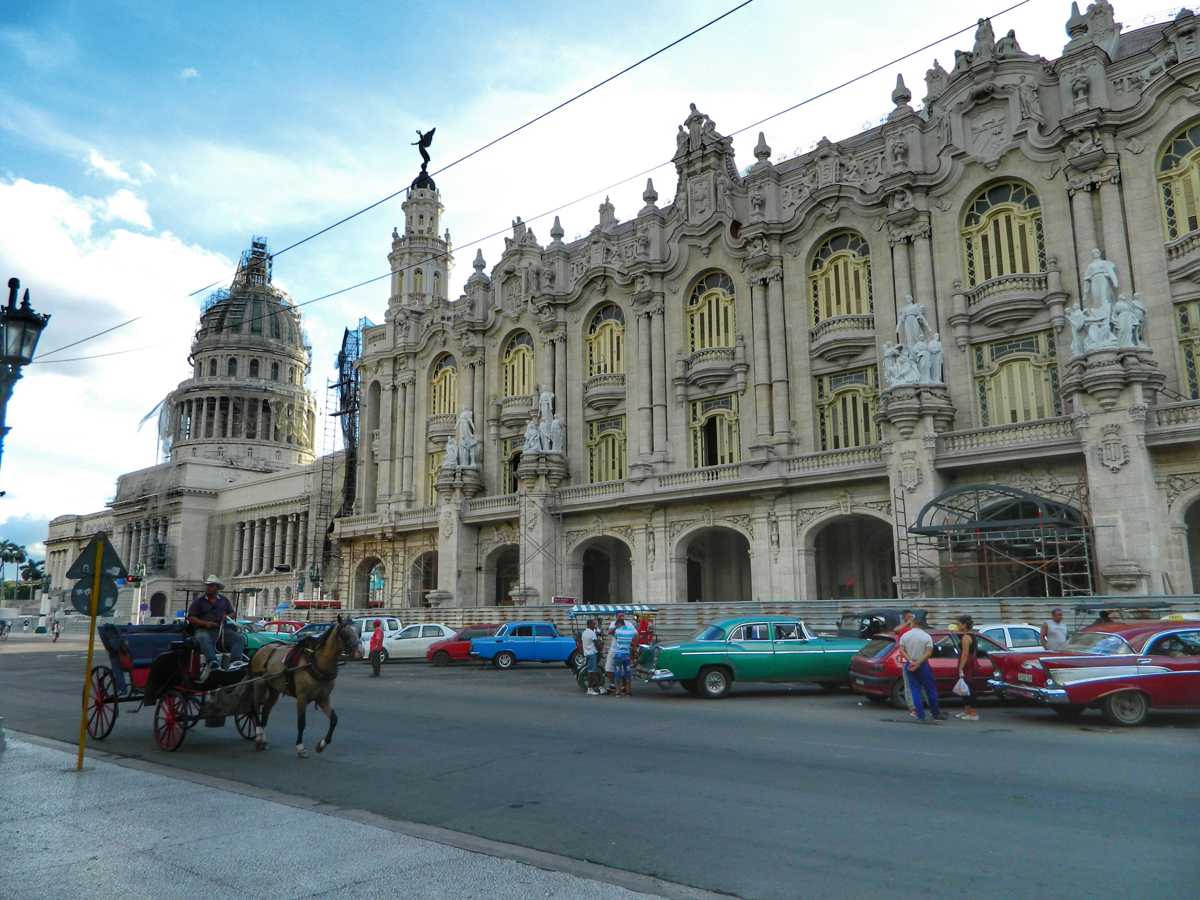
Getting around Cuba
By far the easiest way to explore Cuba is with a tour group, but if you prefer to travel independently there are a few options.
The Viazul bus service is aimed at travellers and offers affordable transportation between cities. However, tickets cannot be purchased online and can sell out quickly. Head to the ticket office at least a day before you want to travel to make sure you get your seat.
Hire cars can be extremely popular in Cuba, with its omnipresent classic cars, but rental prices can be expensive at around $80 per day plus a large cash deposit. Vehicle availability is patchy but improving.
Hiring a car with a driver is pricey but practical if you are travelling with friends. Expect to pay upwards of $100 for a full day in a vintage taxi, slightly less (around $60-$70) for a 2-3 hour journey.
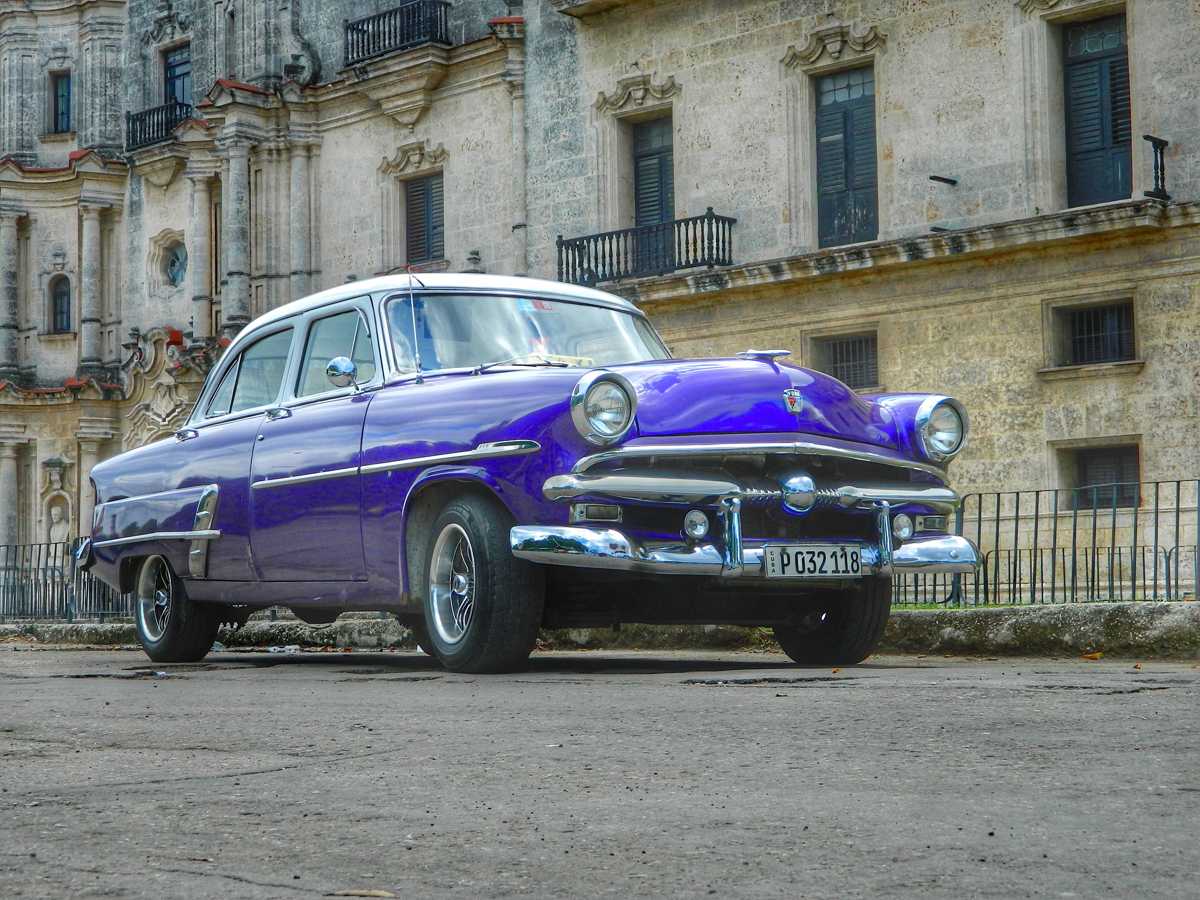
Where to stay in Cuba
The capital, Havana, has a number of hotels of varying standards. While you can expect luxuries such as air conditioning in most hotels, be prepared for a few eccentricities as you get down to the 3-star range and below. In recent years, chains such as Melia are setting up home in Havana, meaning that international standard hotels are now much easier to find – although US chains are still blocked from working here. Popular Cuban vacation spots such as Varadero and Cayo Coco are, of course, lined with properties which meet the standard you would expect for a beach holiday.
Much more fun are the casas particulares. A scheme set up in recent years to allow Cuban homeowners to make some private income, these are bed and breakfast properties where, generally, you will stay with a Cuban family in their own home. You can find a casa particular pretty much anywhere across the island; a quick Google search will bring up a number of agencies able to connect you with a room in the location of your choice. Note that internet provision across Cuba is patchy, especially for locals; if you will be touring the country, often the best way to secure your next room is to ask your current host for recommendations and telephone referrals.
What to eat in Cuba
Cuba is a poor country with limited resources, and food for visitors is likewise limited but authentic. Rice and beans with chicken, pork or lobster is a common dish (lobster is not a luxury in Cuba!), along with salad and fried plantain. The repetitiveness of the food means it is not a foodie destination, but you won’t go hungry or pay through the nose.
Cuba’s cocktails are world-famous. Based mainly on rum, classics such as mojitos and daiquiris are affordable and delicious. American brands are not available in Cuba, but they have their own home-grown equivalents to Coke, Fanta and the like, which are fun to try!
Note that tap water is not drinkable in Cuba, but bottled water is available.

What to wear in Cuba
Cubans are a relaxed bunch, and it is not a destination where you have to watch what you wear.
Local women tend towards colourful, skimpy and tight-fitting clothing. If you love your curves, now’s the time to show them off! For the men, short sleeve shirts/tshirts and shorts are the order of the day, although I didn’t see any men in short shorts or shirtless.
As a tropical country, Cuba is hot and humid, and can be very wet in teh rainy season. If travelling in the autumn months, a loose raincoat or poncho is essential to keep off the downpours, although rest assured, you will still get soaked!
Avoiding scams in Cuba
Unfortunately travel scams are now a fact of life in almost every destination.
Read this post for advice on how to avoid the most common scams in Cuba.
Check out my other content on the Americas!
- The best Cuba destinations for first time visitors
- Unusual holiday destinations for Christmas in the USA
- Peggy’s Cove to Lunenburg: Nova Scotia’s South Shore
- Halifax sightseeing: What to do in Nova Scotia’s capital
- Wolfville, NS: The perfect Canadian food and drink tour!


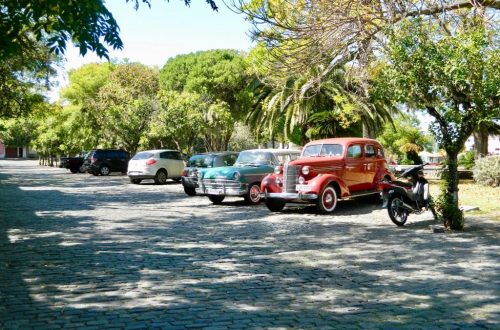

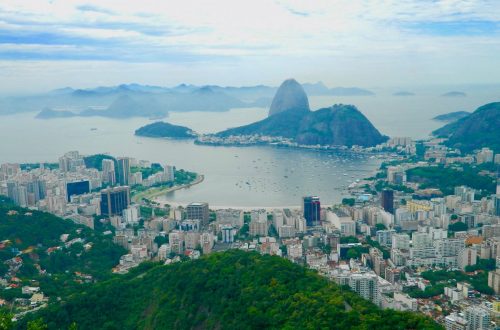
4 Comments
Ryan K Biddulph
What a beautiful country Jill. Definitely added to my travel list.
Jill Bowdery
It’s gorgeous – you definitely should.
Daisy Li
This is really helpful! I visited Cuba a few years back and still regret staying by the beach the whole time! It’s such a beautiful country and hopefully, I’ll head back for a more well-rounded trip sometime soon 🙂
Jill Bowdery
Beach holidays are great too! But it’s definitely worth the trip back…